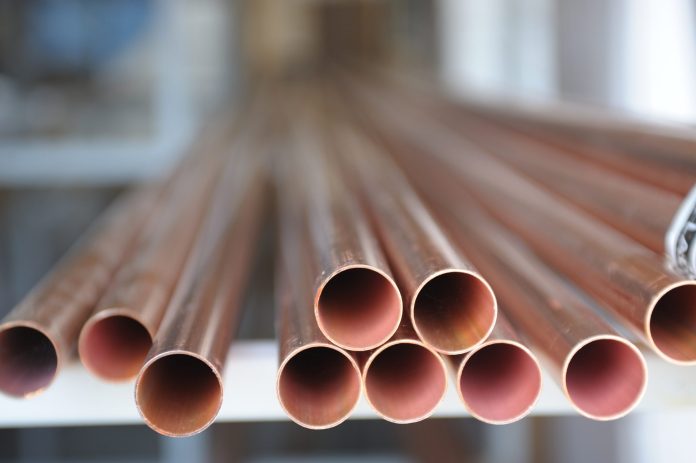Gas line installation is a critical component of building infrastructure, requiring meticulous planning, expertise, and adherence to safety standards. In this comprehensive guide, we will delve into the intricacies of gas line installation, focusing on cutting-edge techniques, safety protocols, and the importance of professional expertise.
1. Understanding the Importance of Gas Line Installation
1.1 Vital Role in Building Infrastructure
Explore the fundamental role that gas line installations play in powering various appliances and systems within residential and commercial structures. Understanding the significance of these installations underscores the importance of precision and safety.
1.2 Safety as a Paramount Concern
Delve into the safety considerations associated with gas line installations. From preventing gas leaks to ensuring proper ventilation, prioritizing safety at every step is non-negotiable in gas line installation projects.
2. Advanced Techniques in Gas Line Installation
2.1 Flexible Gas Piping: Adaptable Solutions
Explore the use of flexible gas piping as an advanced technique in gas line installation. This adaptable material provides versatility in routing gas lines, accommodating the layout and structure of different buildings.
2.2 Corrosion-Resistant Materials: Ensuring Longevity
Delve into the selection of corrosion-resistant materials for gas line installations. Materials such as polyethylene and corrugated stainless steel enhance the longevity of gas lines, reducing the risk of deterioration and potential leaks over time.
3. Procedures and Protocols in Gas Line Installation
3.1 Thorough Site Assessment: Planning for Precision
Understand the importance of a thorough site assessment before initiating gas line installations. Examining the property layout, identifying potential obstacles, and planning for optimal gas line routes contribute to the precision of the installation process.
3.2 Compliance with Local Codes: Adhering to Regulations
Explore the significance of compliance with local codes and regulations governing gas line installations. Adhering to these standards not only ensures safety but also prevents legal complications that may arise from non-compliance.
4. Professional Expertise in Gas Line Installation
4.1 Licensed Gas Fitters: Credential Validation
Recognize the importance of hiring licensed and certified gas fitters for installation projects. The credentials of professionals validate their expertise, ensuring that installations meet industry standards and local regulations.
4.2 Experience and Reputation: Building Trust
Explore the role of experience and reputation in selecting gas line installation professionals. Seasoned professionals with a positive track record instill confidence in their ability to execute projects efficiently and reliably.
5. Technological Integration in Gas Line Installation
5.1 Gas Leak Detection Technologies: Early Warnings
Delve into the integration of gas leak detection technologies in installations. Advanced tools such as gas detectors and monitoring systems provide early warnings, allowing for swift responses to potential leaks.
5.2 Computer-Aided Design (CAD): Precision Planning
Explore the use of Computer-Aided Design (CAD) in planning gas line installations. This technology facilitates precise layout planning, ensuring optimal positioning and minimizing the need for adjustments during the installation process.
6. Conclusion: Sustaining Safety and Efficiency in Gas Line Installations
Sustaining safety and efficiency in gas line installations involves a comprehensive strategy that encompasses advanced techniques, adherence to safety protocols, professional expertise, and technological integration. By understanding the importance of gas line installations, prioritizing safety, and relying on experienced professionals, property owners can ensure that their gas infrastructure meets the highest standards of precision and reliability.
